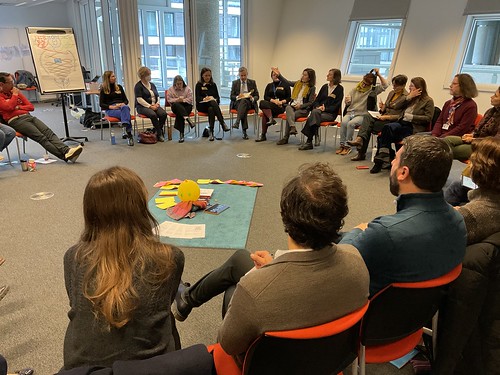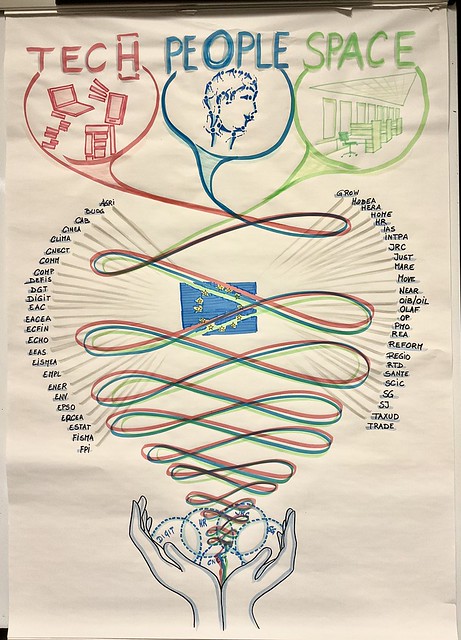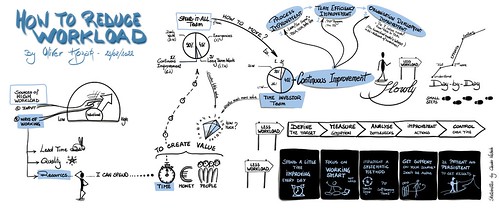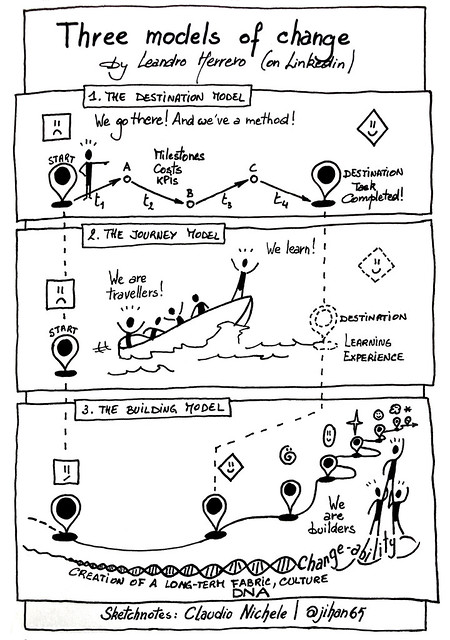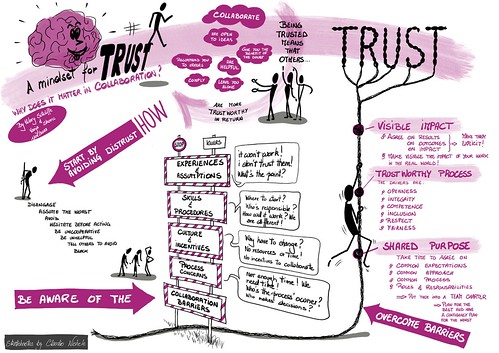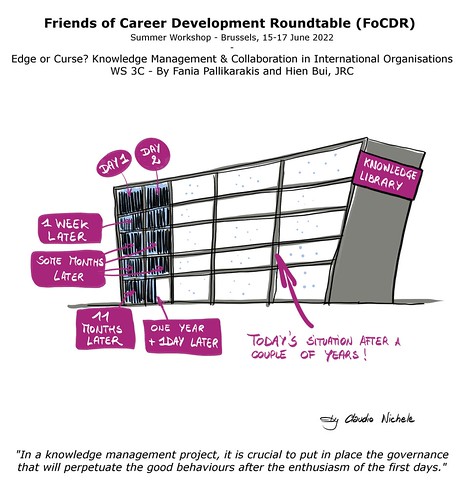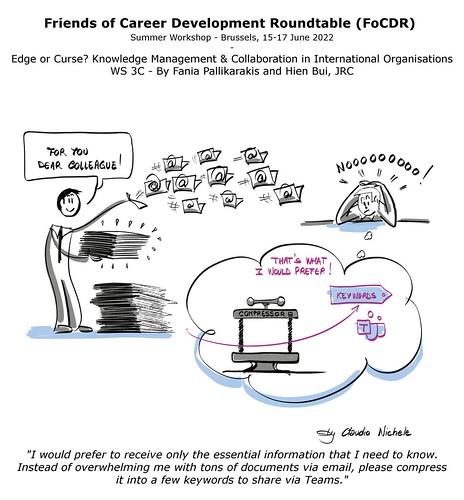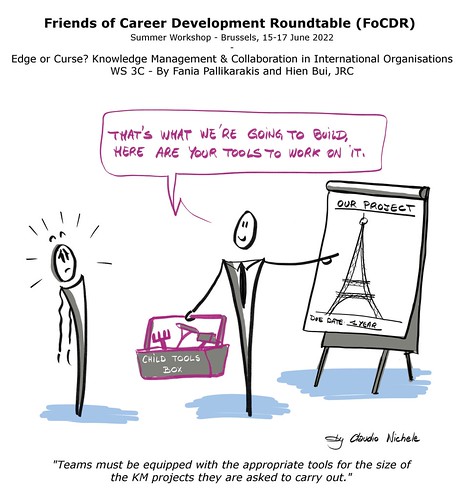To better support the change in the ways of working within the European Commission, a group of colleagues from different teams have decided to join forces in a collective. The idea is to bring together within the same entity all the existing teams which support, facilitate, advise on change, whether they come from the field of HR, organisational development, coaching, consulting, IT, science, governance, data and knowledge management, facilitation, etc. A few days ago, 40+ members of these teams came together for the first time. I had the privilege of being part of these colleagues as a participant and as a host with Ildikó Faber, Mira Bangel, Snezha Kazakova, Fania Pallikarakis, Antonella Tarallo, and Suvi.
One of my roles was to bring visual thinking to the day’s sessions. To help get to know each other better, a session was about creating a competencies visual map. I proposed to colleagues to use wool threads to link their name to competencies, teams and entities on a large board. The session was very dynamic and the result very visual.
To create a common understanding of the mandate of the new entity, we used an hand-made illustration of its 3 pillars. During the session, it was easier for my colleagues speakers to support their explanations and stories with the illustration, while the participants could more easily understand what was presented.
Visual thinking is a work tool that is increasingly used at the European Commission. A tool for making sense, which helps to clarify ideas, to better understand and remember.
This post is available as a LinkedIn article also.

